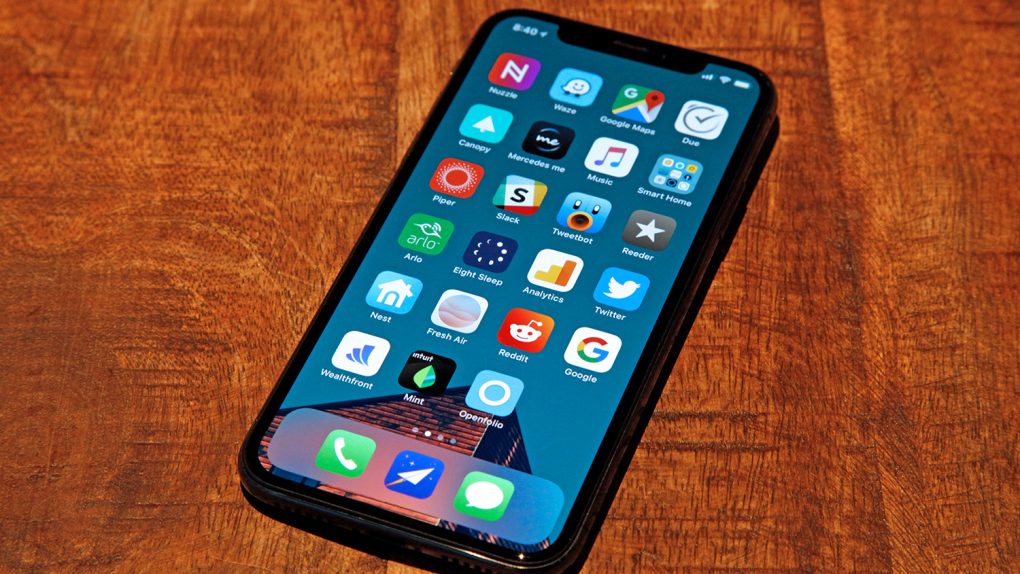Now that the iPhone X has launched to widespread critical acclaim and commercial success, doubts about the new device seem silly in retrospect. But as confident as many Apple fans were about the future of the iPhone, Apple itself wasn’t sure that it was going to be able to pull off the most drastic redesign it had ever attempted.
In an interview with T3 this week, Apple senior vice president of worldwide marketing Phil Schiller said that the iPhone X was “probably the boldest of the things we’ve done,” which is quite a statement coming from an Apple executive.
One of the most controversial changes to the iPhone X prior to the phone actually launching was the removal of the home button. Apple certainly wouldn’t be the first phone maker to do away with a physical home button, but Apple knew that if it was going to commit to an all-screen design, sacrifices would need to be made:
At the time, at the beginning, it seemed almost impossible. Not just almost. It seemed impossible. And to pull off what feels impossible and make it possible – and not only that, but just something we love using – is just a great achievement.
Clearly there was a point in the process where we had to commit to the fact that it would be a full top-to-bottom screen on the front with no home button, which means you’re counting on Face ID working as we’d hope, and being as good.
That’s an exciting moment, when you have to sort of… the old saying: ‘Burn the boats. Leave the past behind, and commit.’ Knowing that the team was willing to make that gamble was a key point early enough in the process.
As safe as Apple had played it over the last few generations, this was the time to go out on a limb and try something new. And from Apple’s perspective, the gamble paid off. Schiller says that one of the more encouraging signs is the fact that it doesn’t take users very long to become accustomed to the iPhone X:
Most people are comfortable with it within minutes – 30 minutes, whatever. It’s not the kind of thing you have to live with for a week or two to get used to. It doesn’t mean… you know, we’ve still got muscle memory sometimes and we might try to do something and we remember, ‘Oh no, that’s not how you do it’ – you want to swipe up on an iPhone 8 or 7, or on an iPad, and no, it doesn’t work that way. That, to me, is always the sign of some or our most advanced, best thought-out technology: they become intuitive incredibly quickly and change how you think about everything else you use.
Unfortunately (but unsurprisingly), when asked whether or not consumers should expect to see Face ID make its way to other Apple products in the future, Schiller simply said: “We try not to get ahead of ourselves.”








